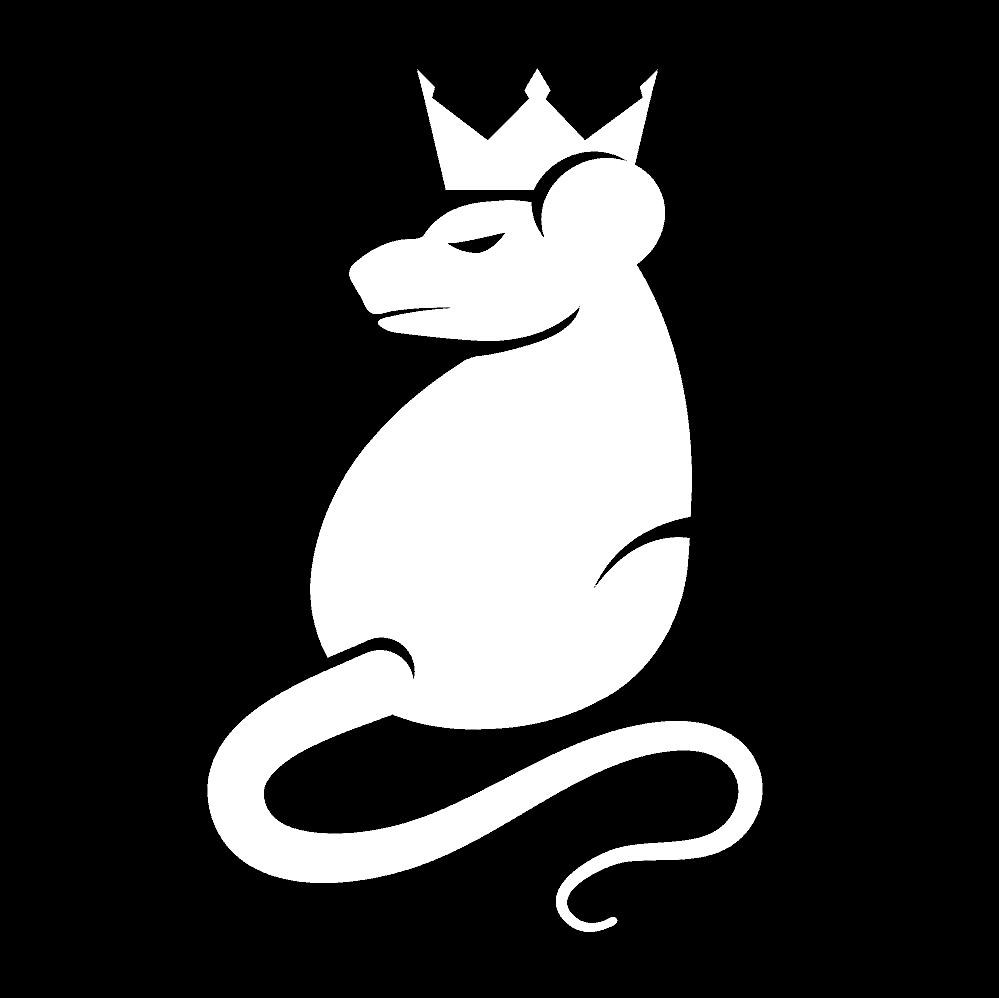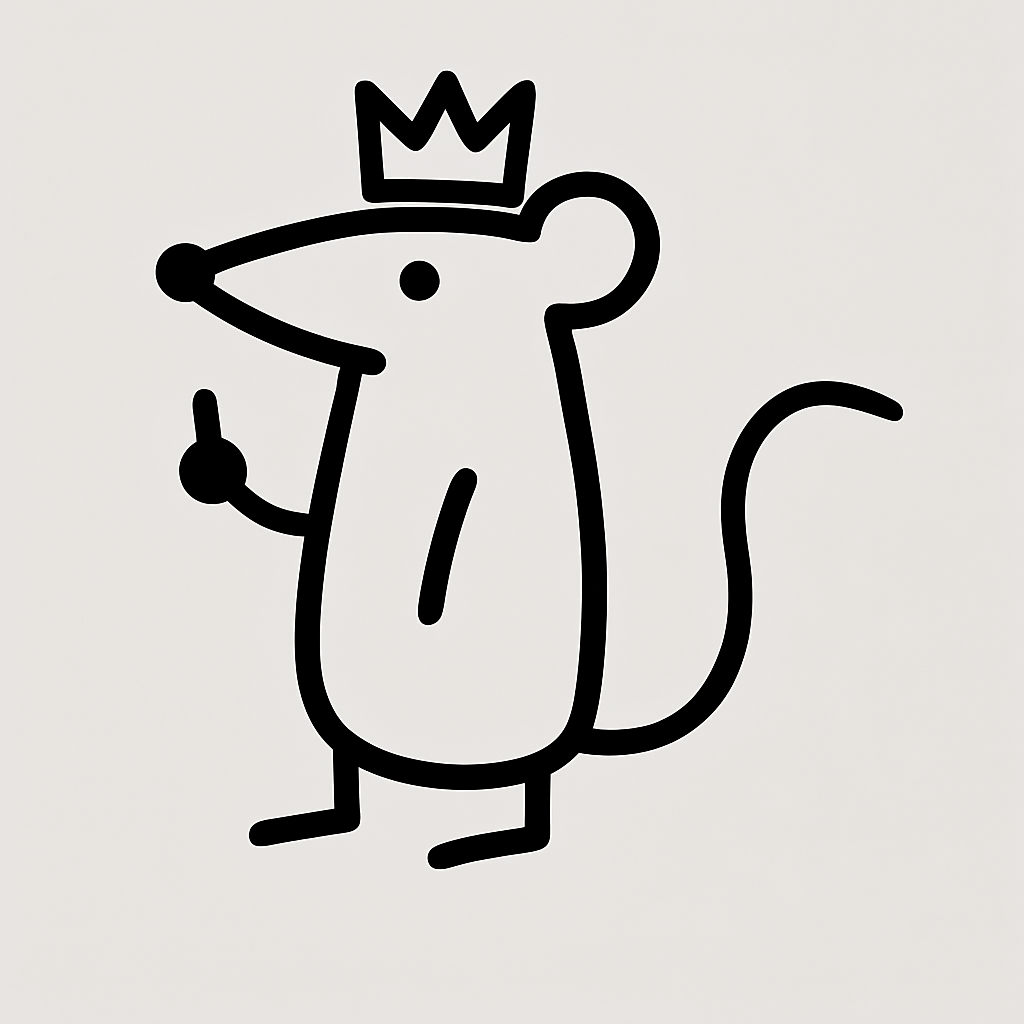Running Headfirst
The ESA Ariel Hackathon was unlike anything we had done before. The challenge sounded deceptively simple: train a machine learning model that could detect the composition of exoplanet atmospheres as they transit in front of their host stars. In reality it meant wrestling with more than 2,000 exoplanets’ worth of data, a dataset so vast it felt like staring into a digital cosmos. Most people would play it safe, or step back and watch from the sidelines. We did the opposite. We ran straight into it, full throttle, powered only by coffee, adrenaline, and the kind of optimism that keeps you awake for 30 hours at a time.
Simple but Stubborn
We had little experience with AI or machine learning going in, which only made the task more absurd. Our competitors were postdocs, engineers, and scientists, some of the sharpest minds in the field. We were the youngest team there, and probably the least qualified. But if there’s one thing Shobolinsky is good at, it’s being underestimated. We kept things simple. No fancy architectures or bleeding-edge models. Where others went deep into regression forests or complex neural networks, we built our model on linear regression. Humble, straightforward, but quick enough to get something working while everyone else was still tuning their hyperparameters.
The simplicity was deceptive, though. We had read up on the Ariel research before the event and knew that data drift was lurking in the dataset. Most teams ignored it. We prepared for it. That one decision turned out to be critical. While the rest of the field fought to squeeze accuracy out of perfectly tuned models, ours held steady when the data shifted. Sometimes the difference between clever and naive is just whether or not you saw the problem coming.
“Sometimes the difference between clever and naive is just whether or not you saw the problem coming.”
Absurd Hyperparameters
Not that it was all calculated brilliance. At one point, exhausted and delirious, we tested a ridiculous set of hyperparameters: 6, 9, -1, 6, 9. It looked like a joke, it felt like a joke, but the leaderboard didn’t think it was funny. That absurd run landed us only two points behind the top spot. We laughed out loud at the result, half-convinced the universe was messing with us. In that moment, between caffeine shakes and code crashes, it felt like the most Shobolinsky thing possible: chaos turning into success.
The Drop and the Climb
Then came the heartbreak. On the public leaderboard we had climbed as high as second place, but as the final rounds progressed we started to fall. Second turned into third, then fourth, and finally fifth. The pit in our stomachs grew heavier with each refresh. Surrounded by seasoned researchers, we told ourselves that fifth place was still an achievement. We came, we learned, and that could have been enough. But the story didn’t end there. When the hidden test results were revealed it turned out our model hadn’t overfitted. All those sleepless hours of paranoia about drift had paid off. Suddenly, in the final scoring, we were second again. Not just a lucky team of rookies, but the runners-up in a European Space Agency hackathon.
The Real Prize
The ranking mattered, but what mattered more was the experience. We had gone from knowing almost nothing about AI to building a working model in thirty hours. We had spent days shoulder to shoulder with scientists and engineers, debugging until our eyes blurred, and laughing at our own mistakes. We had pulled an all-nighter in the name of exoplanets, because why not. And somehow we had come out with a result that still feels surreal to write down.
The best part was not the code. It was being there. Walking the halls of ESAC, sitting at the same tables as researchers who live and breathe this work, and realizing that we belonged, even if we felt like outsiders at first. We made friends, found mentors, and carried home memories that will keep fueling us long after the caffeine wears off. For days afterward we still caught ourselves saying, “Did that really happen? Were we actually at ESA?”
Lessons Learned
What did we learn? That persistence matters more than polish. That failure is not the end but the process itself. That even with limited resources, simple models, and the weight of inexperience, you can still stand among the best if you keep going. And that sometimes the universe rewards ridiculous hyperparameters, just to keep things interesting.
“The rats came in as underdogs and walked out with second place.”
Looking Ahead
The rats came in as underdogs and walked out with second place. Next time, who knows. Maybe first. But no matter the ranking, one truth holds: if you dive in headfirst, even when you feel out of your depth, you might surprise yourself with just how far you can swim.


